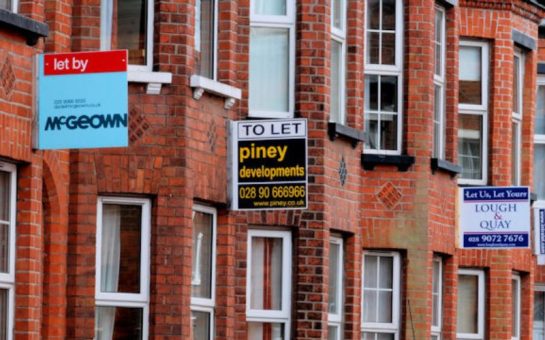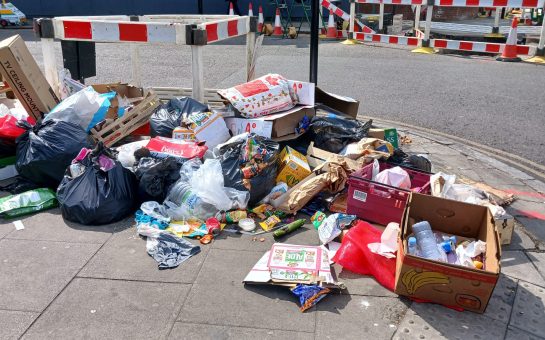Ealing Council has released a new plan as a vision for the next 15 years, but residents think it is a waste.
The new plan released on 28 February was mentioned as “impenetrable waffle, jargon and repetition” by the Ealing Liberal Democrats.
Ealing’s new plan aims to promote further growth and investment throughout the borough, including new homes and affordable housing.
However, Jon Ball from the Liberal Democrats was against the new plan, claiming it failed to provide enough affordable housing.
Ball said: “It is a thousand pages of technical jargon, making it difficult for residents to meaningfully engage with.”
Grace Dutton, 41, a resident in West Ealing for her whole life, said: “That’s a waste of resource.
“They spend money on things that we don’t need and don’t want.”
She said Ealing has lots of empty flats, which also targeted investors, including overseas buyers.
According to the latest statistic of vacant dwelling counts from the Valuation Office Agency (VOA) in 2022, 45.1% are owned by local authorities, and 3.6% are long-term vacant owned by a private registered provider or housing association, which is higher than the figure of London’s 2.9%.
Dutton added: “Ealing literally can’t cope with anything else. They only care about making money, but not to consider about residential thoughts.”
She felt the lack of infrastructure is the biggest problem, resulting in families living in overcrowded homes.
According to the 2024 Infrastructure Baseline Report in the Infrastructure Delivery Plan, Ealing has 81 primary schools and only 16 secondary schools which most of them are oversubscribed with waiting lists, whereas popular schools receive a thousand more applications than there is space.
Ealing town, the commercial heart of the borough, makes up 25% of the borough’s population but only three of the borough’s 18 community centres.
Moreover, there are only three youth centres for ages 11 to 25 in the whole borough.
Dutton said this meant teenagers did not have any places to go and is annoyed by the teenagers who have been vaping around her home, and felt it is no longer safe to live in Ealing compared to before.
She added: “I’ve been followed quite a few times just by random people.
“When I’m out, I’m always looking over my shoulder of who’s following me, who’s at the side of me.”
Despite the centres, Ealing sports halls have reached 100% capacity during the weekly peak period, compared to the London average of 94%.
While the new plan stated Ealing’s economy is fragile, it aims to become the engine of West London’s economy, with an increased 2.99% of council tax in 2023/24.
Most of Ealing’s general fund revenue comes from a dedicated school grant, equivalent to 28% of the total.
Some 15.5% comes from council tax and 11.3% from sales, fees, charges and rents, with the most investment in services for children.
Dutton said: “We are in recession, we have no money. It’s not a great place, it used to be really nice.”
Ealing Council said it could not comment on the specifics on the plan as they are not yet confirmed.
Copyright Peter Jordan and licensed for reuse under this Creative Commons Licence





Join the discussion